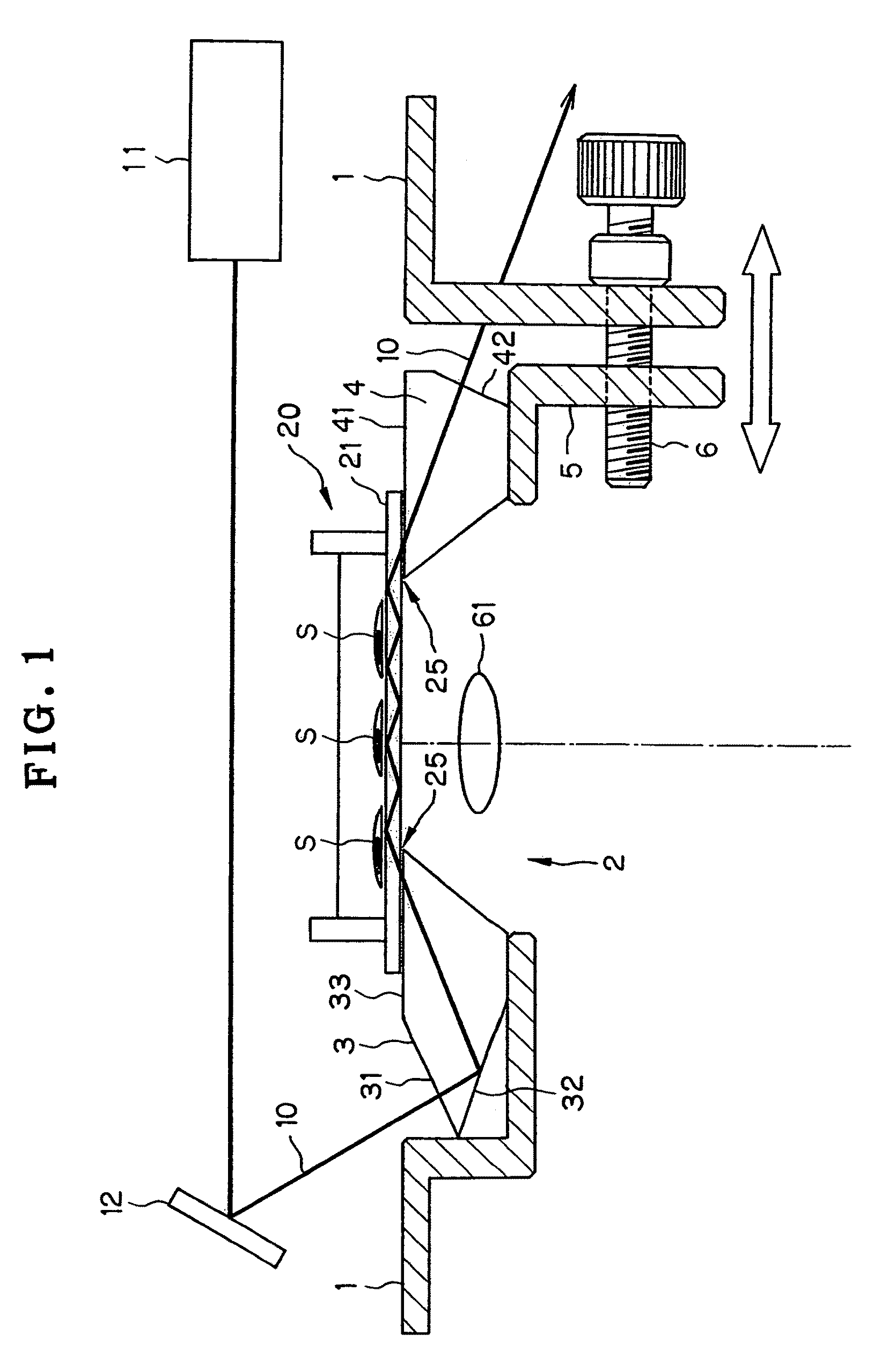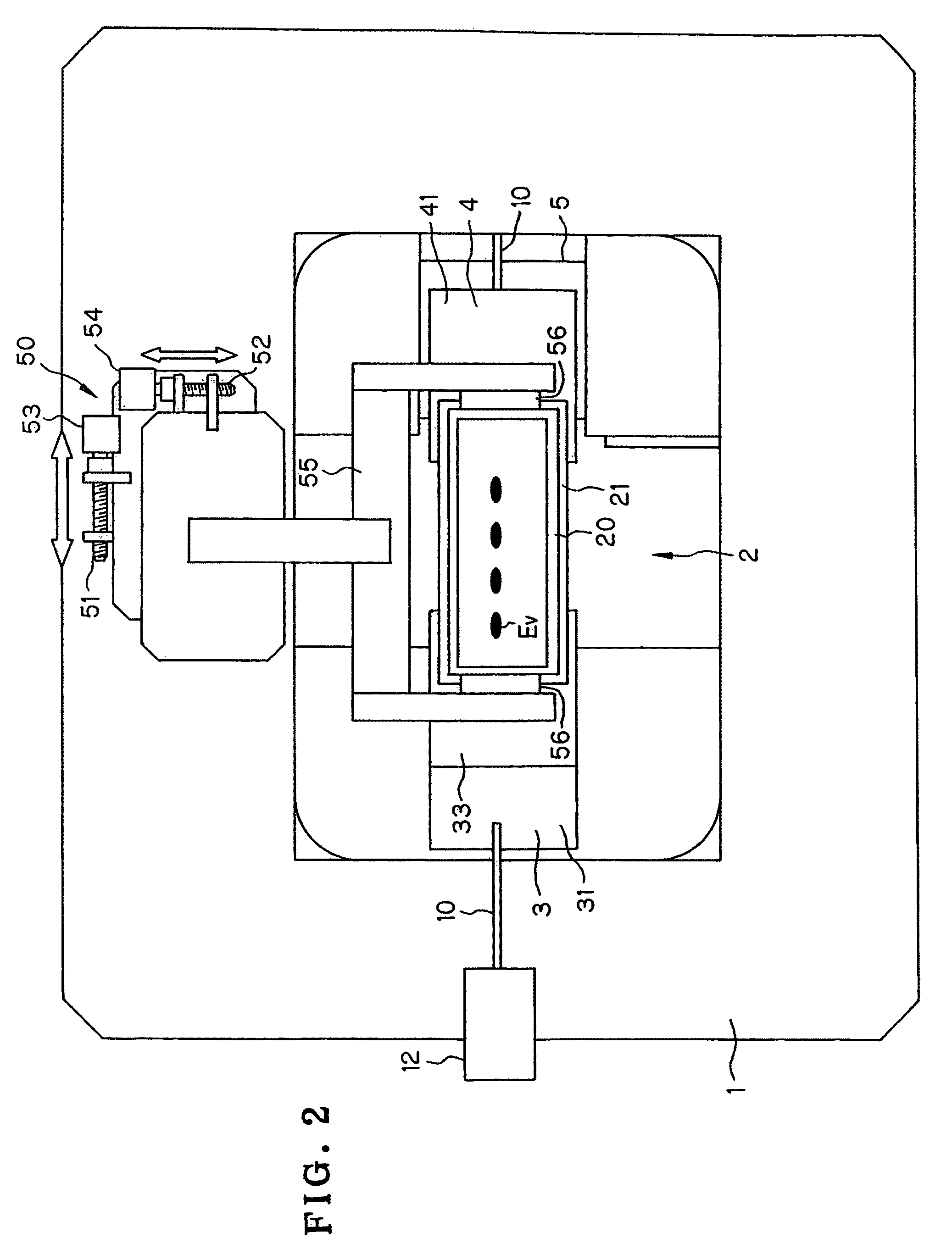Microscopic cell observation and inspection system using a plurality of observation methods
a cell observation and inspection system technology, applied in the field of microscope cell observation and inspection system using a plurality of observation methods, can solve the problems of poor specimen manipulation, wave attenuation exponentially, and limited sample flexibility, so as to facilitate sample manipulation, reduce scattered light, and high sn-ratio observation
- Summary
- Abstract
- Description
- Claims
- Application Information
AI Technical Summary
Benefits of technology
Problems solved by technology
Method used
Image
Examples
Embodiment Construction
[0072]The microscopic cell observation and inspection system using a plurality of observation methods according to the invention is now explained with some embodiment and examples. Before that, the total internal reflection sample illuminator—the most important part of the microscopic cell observation and inspection system of the invention—is explained with reference to its example. FIG. 1 is a vertical sectional view of one example of the total internal reflection sample illuminator used with the microscopic cell observation and inspection system according to the invention and FIG. 2 is a plan view of that. This total internal reflection sample illuminator comprises a sample table 1 with an opening 2 provided in its center. Facing the opening 2, an entrance prism 3 is fixed to the sample table 1. Facing the entrance prism 3, a radiation prism 4 is attached to a moving table 5 with the opening 2 held between them such that the space between the radiation prism 4 and the entrance pri...
PUM
 Login to View More
Login to View More Abstract
Description
Claims
Application Information
 Login to View More
Login to View More - R&D
- Intellectual Property
- Life Sciences
- Materials
- Tech Scout
- Unparalleled Data Quality
- Higher Quality Content
- 60% Fewer Hallucinations
Browse by: Latest US Patents, China's latest patents, Technical Efficacy Thesaurus, Application Domain, Technology Topic, Popular Technical Reports.
© 2025 PatSnap. All rights reserved.Legal|Privacy policy|Modern Slavery Act Transparency Statement|Sitemap|About US| Contact US: help@patsnap.com



